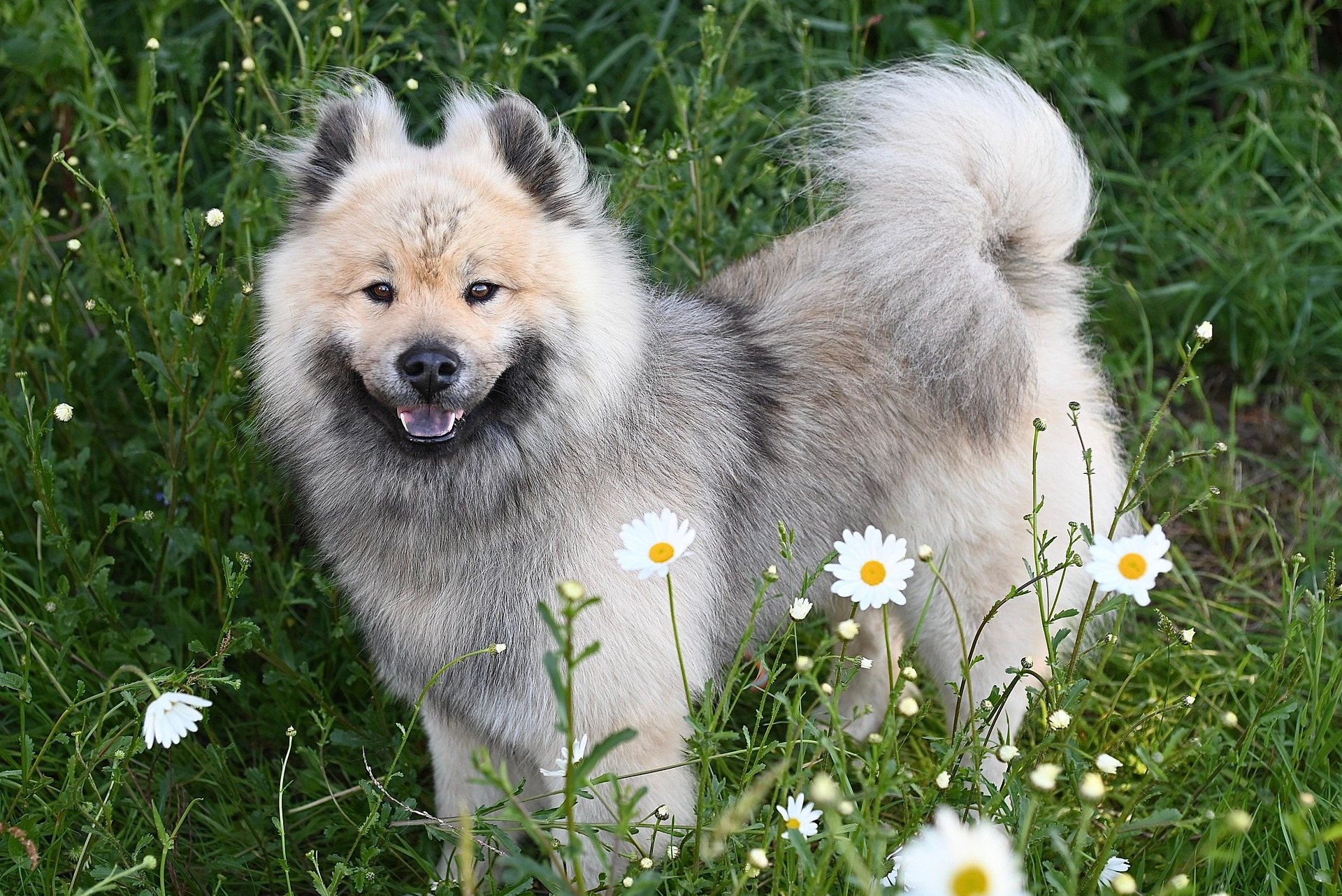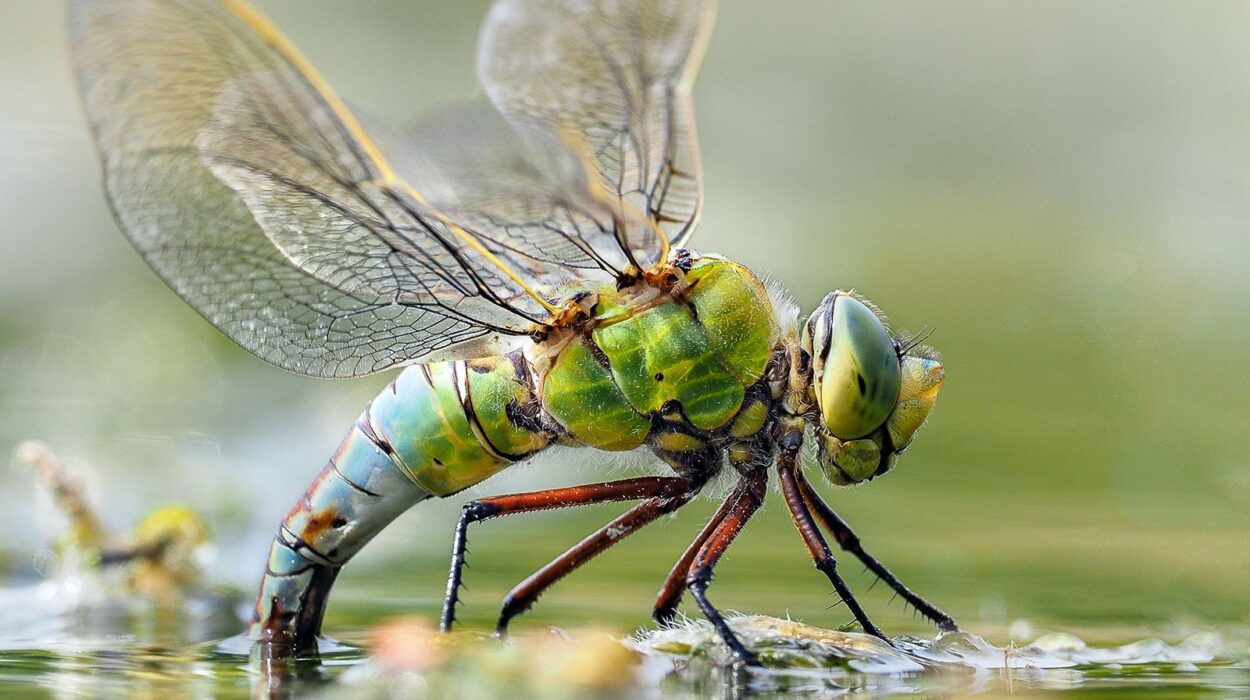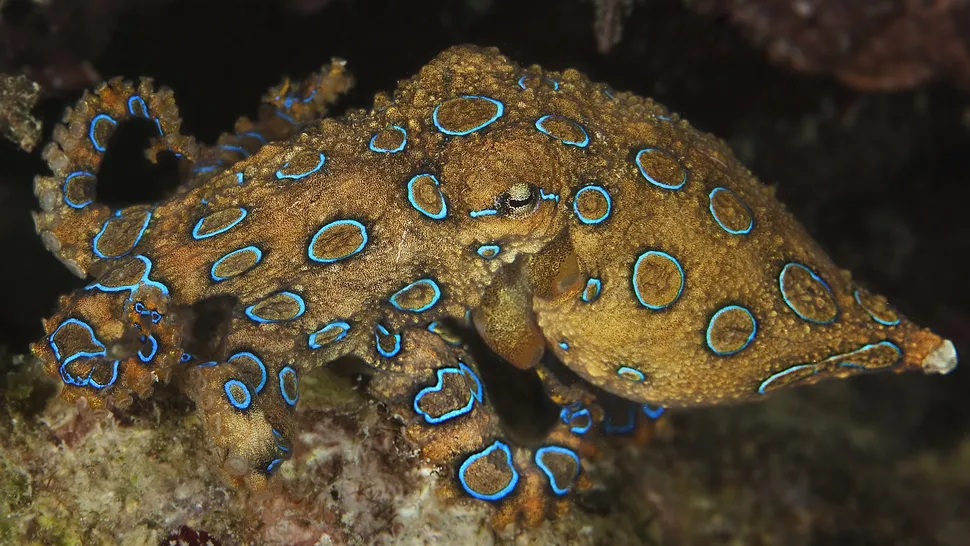There is no relationship in the animal kingdom quite like the one between humans and dogs. For tens of thousands of years, this bond has grown deeper, richer, and more complex — a partnership woven from loyalty, emotion, and shared survival. The story of the dog is not just about an animal that became our pet; it is the story of an ancient friendship that helped shape civilization itself.
When early humans wandered the Ice Age tundra, facing bitter cold and constant danger, they found companions in wolves that lingered near their camps, scavenging scraps of food. Over generations, some wolves grew tamer, friendlier, and more trusting. In return for warmth, food, and safety, they offered protection and companionship. Those early wolves were not yet dogs — but they were the beginning of something extraordinary.
From that moment, our species’ destinies intertwined. Dogs became hunters, guards, shepherds, and guides. They learned to understand human gestures and emotions better than any other animal. Thousands of years later, the bond remains unbroken — stronger, perhaps, than ever.
The Origins of the Dog: From Wolf to Companion
Modern dogs (Canis lupus familiaris) are descendants of wolves (Canis lupus), and though their exact origin remains a topic of scientific debate, genetic and archaeological evidence paints a fascinating picture.
Around 20,000 to 40,000 years ago, somewhere in Eurasia, a population of wolves began a slow and remarkable transformation. Instead of fearing humans, these wolves approached our ancestors’ camps, drawn by food scraps. The friendlier ones survived better because humans tolerated them — or even fed them. Over many generations, this selective process produced tamer, more cooperative animals.
These proto-dogs evolved physical and behavioral changes: smaller skulls, shorter snouts, floppier ears, and wagging tails. They became more playful and less aggressive. Humans, in turn, found that these new companions were invaluable allies in hunting, guarding, and companionship.
By 15,000 years ago, dogs had spread across much of the world, accompanying humans into every landscape — from Arctic tundras to tropical forests. No other domesticated animal has traveled so far or adapted so well to our way of life.
The Science of Domestication
Domestication isn’t just about taming; it’s about evolution. Over millennia, dogs evolved to read human cues and emotions in ways no wild animal can.
Research has shown that dogs can interpret human gestures like pointing, nodding, or gazing — a skill even chimpanzees struggle with. They can sense subtle changes in our voice tone, detect hormonal shifts that signal stress or fear, and even recognize our facial expressions.
One key to this connection lies in the hormone oxytocin — often called the “love hormone.” When humans and dogs gaze into each other’s eyes, both species experience a surge in oxytocin, strengthening their emotional bond. This biological feedback loop is unique in the animal kingdom.
Domestication also reshaped the dog’s brain. Studies comparing dogs to wolves reveal enhanced neural activity in areas linked to social understanding and communication. Over thousands of generations, dogs evolved not only to live with us — but to love us.
Diversity Beyond Imagination
No other species on Earth exhibits as much diversity as the domestic dog. From the tiny Chihuahua to the towering Great Dane, from the sleek Greyhound to the shaggy Newfoundland, dogs come in more shapes, sizes, and temperaments than any other animal.
This astonishing variety is the result of human-guided breeding. Once dogs became part of human life, people began selecting them for specific tasks: herding sheep, pulling sleds, guarding homes, or providing companionship.
Over time, this selective breeding produced distinct breeds, each with specialized traits. Herding breeds like Border Collies were prized for intelligence and agility; hounds for their keen sense of smell; retrievers for their gentleness and obedience; and toy breeds for their affectionate nature.
Today, the world recognizes over 400 dog breeds, though genetic studies suggest all are descended from a single ancient wolf population. Every dog, from the mongrel on the street to the purebred champion, carries the same legacy — the wolf’s wild spirit softened by millennia of friendship.
The Mind of a Dog
The dog’s intelligence is a blend of instinct, emotion, and adaptability. They may not solve mathematical puzzles or compose symphonies, but they excel in understanding social dynamics — especially those involving humans.
Canine cognition researchers have found that the average dog can understand hundreds of words and gestures. Border Collies, considered one of the most intelligent breeds, have demonstrated the ability to learn over 1,000 words. But more importantly, dogs grasp meaning through tone and emotion.
They can distinguish between praise and reprimand, even if the words are unfamiliar. They recognize their owners’ emotional states — sadness, excitement, fear — and often respond with empathy. When you cry, your dog may nuzzle you not out of confusion, but out of genuine concern.
Dogs also possess remarkable memory. They remember routes, routines, faces, and scents for years. Their sense of smell, in fact, is one of the most powerful tools of memory and perception in the animal world.
The World Through a Dog’s Senses
To truly understand a dog, one must imagine the world through its senses — a universe dominated by scent, sound, and movement.
A dog’s nose is its greatest gift. With over 300 million olfactory receptors (compared to about 6 million in humans), dogs can detect odors at concentrations nearly 100 million times lower than we can. They can smell a single drop of blood in an Olympic-sized pool or trace a person’s scent across miles of terrain.
This sensory power allows dogs to perform miracles of detection: finding missing persons, identifying diseases like cancer or diabetes, and even predicting seizures in epileptic patients.
Hearing, too, is finely tuned. Dogs can detect frequencies between 40 Hz and 60,000 Hz — far beyond the human range. This sensitivity lets them pick up faint sounds like a door creak or a mouse moving under the floorboards.
Their vision, contrary to popular belief, is not colorless. Dogs see shades of blue and yellow but not red or green. Their eyes are adapted for motion and night vision, perfect for detecting prey or intruders in low light.
For dogs, the world is alive with invisible information — a tapestry of scents, sounds, and movements we can barely imagine.
Communication: The Language of Bark and Body
Dogs don’t speak our language, but they communicate constantly. Every bark, growl, wag, and glance carries meaning.
Barking can signal excitement, warning, play, or loneliness — depending on tone and context. Growling doesn’t always mean aggression; it can also express discomfort or uncertainty. Whining is often a plea for attention or reassurance.
Body language is even more nuanced. A wagging tail might mean happiness, but its direction and height matter: a slow, low wag can mean nervousness, while a high, fast wag often means excitement. Flattened ears, bared teeth, raised hackles, or averted eyes — all are part of a sophisticated system of communication that dogs use with both humans and other dogs.
Perhaps most touching is how dogs adapt this language to us. They learn to read our body cues, mimic our moods, and even anticipate our actions. A dog waiting by the door before you pick up your keys isn’t psychic — it’s simply an expert at observing your patterns.
The Emotional Life of Dogs
Dogs feel deeply. Joy, fear, affection, anxiety, jealousy, and grief are all part of their emotional range. They express happiness through wagging tails and playful jumps, sadness through quiet withdrawal, and love through constant companionship.
Scientific research confirms that dogs experience emotions similar to young children. Brain scans reveal activity in regions associated with affection and anticipation when dogs see their owners. They remember kind and cruel treatment, and they form attachments that can be as strong as any human bond.
When a dog loses its owner or companion, it can grieve visibly — refusing to eat, whining, or searching for the absent loved one. Such behaviors mirror human mourning, a testament to their capacity for emotional depth.
Their loyalty, too, borders on the legendary. Countless stories tell of dogs waiting by graves, traveling thousands of miles to reunite with owners, or protecting them even in death. To call them “man’s best friend” is no exaggeration; it’s a truth written in the history of our hearts.
The Dog in Human Society
Dogs have played countless roles throughout history — worker, guardian, soldier, healer, and companion.
In ancient times, they guarded livestock and homes, hunted alongside humans, and featured in myth and art. Egyptian pharaohs kept dogs as royal companions; ancient Greeks depicted them as symbols of fidelity; Native American tribes revered them as protectors and guides.
During wars, dogs carried messages, located wounded soldiers, and detected mines. In modern times, they’ve become indispensable in law enforcement, rescue missions, and medical therapy.
Police and military dogs can detect explosives, drugs, and even hidden weapons. Search-and-rescue dogs save lives in earthquakes, avalanches, and disasters, following faint human scents through chaos.
Therapy dogs bring comfort to hospitals, nursing homes, and trauma survivors. Their calm presence lowers blood pressure, reduces anxiety, and brings warmth to those who need it most.
Everywhere humans go, dogs follow — not as servants, but as partners.
The Working Dog: Purpose and Pride
Some dogs are born for work, and their dedication is awe-inspiring.
Shepherd dogs like Border Collies or Australian Shepherds manage herds with precision, responding to subtle whistles or gestures. Sled dogs like Huskies and Malamutes pull heavy loads across icy wildernesses, relying on teamwork and stamina.
Detection dogs use their noses to locate missing people or substances. Service dogs guide the blind, alert the deaf, and assist people with disabilities — offering independence and confidence.
Even modern “emotional support dogs” provide invisible but profound assistance, easing loneliness and mental distress. Each working dog embodies the perfect blend of instinct, intelligence, and compassion.
The Dog as a Family Member
For millions of families worldwide, dogs are not just pets — they are family. They share our homes, our holidays, and our hearts. They greet us with joy when we return, sense when we’re sad, and love us without condition.
Dogs don’t care about our wealth, status, or mistakes. To them, love is simple, pure, and constant. They live in the present — every moment an opportunity for affection, play, or rest.
In homes where laughter and barking blend, something profound happens: humans rediscover empathy. A child learns responsibility from feeding the family dog; an elderly person finds comfort in a soft muzzle resting on their knee.
Dogs teach us how to love without expectation — and how to forgive without resentment.
The Health Benefits of Living with Dogs
Science confirms what dog lovers have always known: dogs make us healthier and happier.
Owning a dog reduces stress, lowers blood pressure, and boosts heart health. Daily walks encourage exercise and routine. Dog owners tend to recover faster from illnesses and enjoy longer lifespans.
Emotionally, dogs combat loneliness and depression. Their unconditional affection releases endorphins and oxytocin, lifting mood and fostering connection. For children, growing up with a dog can improve empathy, social skills, and even immunity to allergies.
In every sense, the human-dog bond nourishes both body and soul.
The Language of Love: Why Dogs Understand Us
Dogs may not speak, but they understand more than we realize. When you say, “Let’s go for a walk!” your dog reacts not just to the words but to your tone, body language, and even heart rate.
This sensitivity evolved from thousands of years of coexistence. Dogs watch us constantly — reading our micro-expressions, anticipating our moves, syncing their emotions to ours. Studies show that dogs can distinguish between happy and angry human faces and adjust their behavior accordingly.
When a dog looks into your eyes, it’s not a blank stare — it’s communication. It’s saying, “I see you. I understand you.” That gaze, filled with mutual trust, is one of nature’s purest forms of love.
The Challenges of Modern Dog Life
Yet, for all their love, dogs depend entirely on us — and that responsibility is immense.
Modern society sometimes forgets the depth of their needs. Dogs require exercise, mental stimulation, and companionship. Neglect, isolation, or improper training can lead to anxiety or aggression. Millions still suffer in puppy mills, abandoned shelters, or as strays.
To love a dog means to commit — not for months, but for years. It means understanding their instincts, respecting their emotions, and giving them the care they deserve.
In return, they offer something beyond measure: unconditional loyalty.
The Science of Canine Health and Lifespan
The average dog lives 10 to 15 years, depending on breed and size. Smaller breeds tend to live longer, while giant breeds age faster due to higher metabolic stress.
Nutrition, exercise, and preventive healthcare all play crucial roles in longevity. Regular vet visits, vaccinations, and balanced diets help prevent diseases like heart failure, arthritis, or diabetes.
Genetics also influence health. Purebred dogs, while beautiful, are prone to inherited conditions due to limited gene pools. Mixed breeds often benefit from greater genetic diversity.
As veterinary science advances, treatments once unthinkable — like cancer therapy or organ surgery — now save thousands of dogs each year. But perhaps the greatest gift we can offer is quality of life — time spent together, full of joy and trust.
The Dog in Culture and Myth
Throughout history, dogs have been more than companions; they have been symbols of loyalty, guardianship, and spirit.
In ancient Egypt, the god Anubis — half human, half jackal — guided souls to the afterlife. In Greek mythology, Cerberus guarded the gates of Hades. In Japanese folklore, dogs were protectors of home and hearth.
Artists, poets, and writers have immortalized them: Odysseus’s loyal hound Argos, waiting twenty years for his master; Greyfriars Bobby, the little Scottish dog who kept watch at his owner’s grave for fourteen years; and countless others.
In every culture, dogs embody the best of what we aspire to be — faithful, brave, and kind.
The Future of Dogs and Humans
As technology reshapes human life, the dog’s role continues to evolve. From robotic dogs to advanced genetic research, our relationship with them enters new territory. Yet, the essence remains unchanged.
Dogs will always be companions, guardians, and emotional anchors in an increasingly complex world. They remind us to be present, to play, to love simply.
Our future together depends on compassion — on treating them not as property but as sentient partners in the shared journey of life.
Why We Need Dogs
At the deepest level, dogs remind us of our humanity. In their eyes, we see unconditional trust; in their devotion, we rediscover humility. They ask for so little — food, affection, and time — yet give back more than we can ever repay.
Dogs make us better people. They teach patience, forgiveness, and empathy. They awaken something primal and pure — a love untainted by words, expectations, or conditions.
When you stroke your dog’s fur or see it sleeping peacefully beside you, you are witnessing a miracle of evolution and emotion: two species, once wild and separate, now joined in one of nature’s most beautiful partnerships.
The Final Word: A Love That Transcends Time
The story of the dog is the story of us — of trust that began in the flicker of a campfire and endures in every wagging tail today.
For thousands of years, dogs have guarded our homes, guided our blind, rescued our lost, comforted our lonely, and shared our laughter and tears. They have walked beside us through every chapter of civilization.
When we call them “man’s best friend,” we speak not a cliché but a truth carved into the heart of time. The love between humans and dogs is more than companionship; it is a legacy of loyalty, compassion, and connection that will outlast us all.
In every bark, every glance, every joyful leap — a dog says what words never can: I am here for you. Always.






